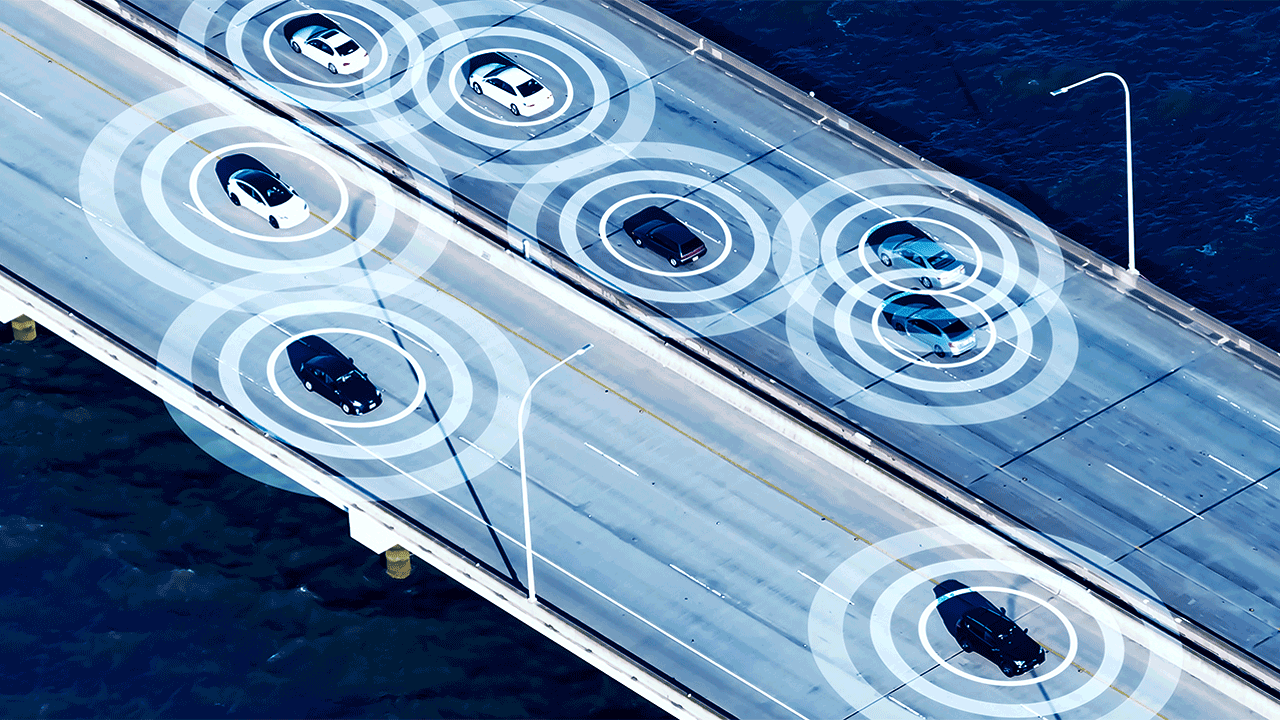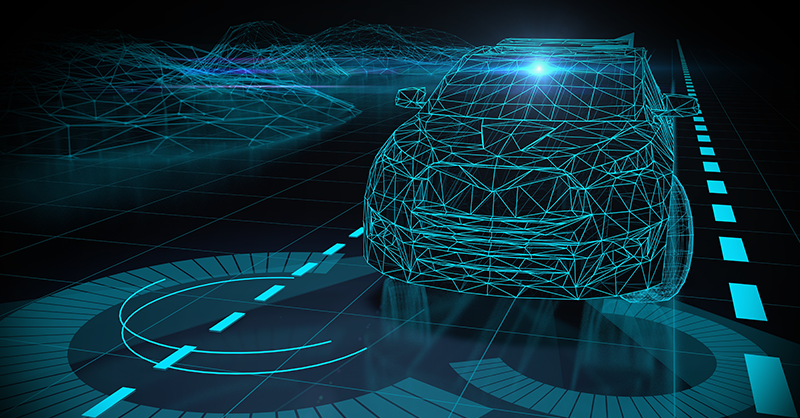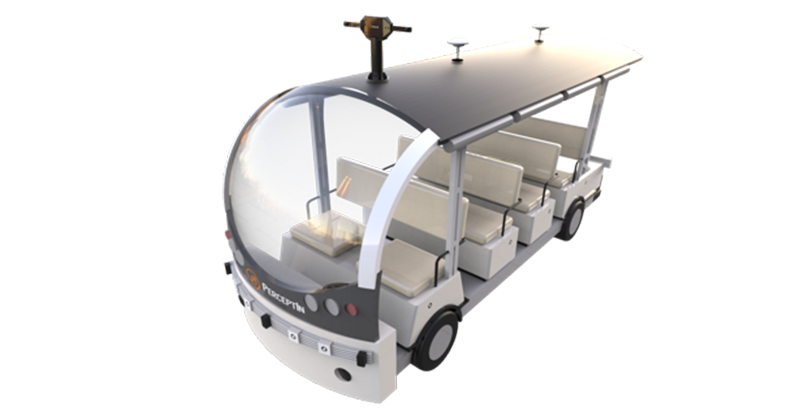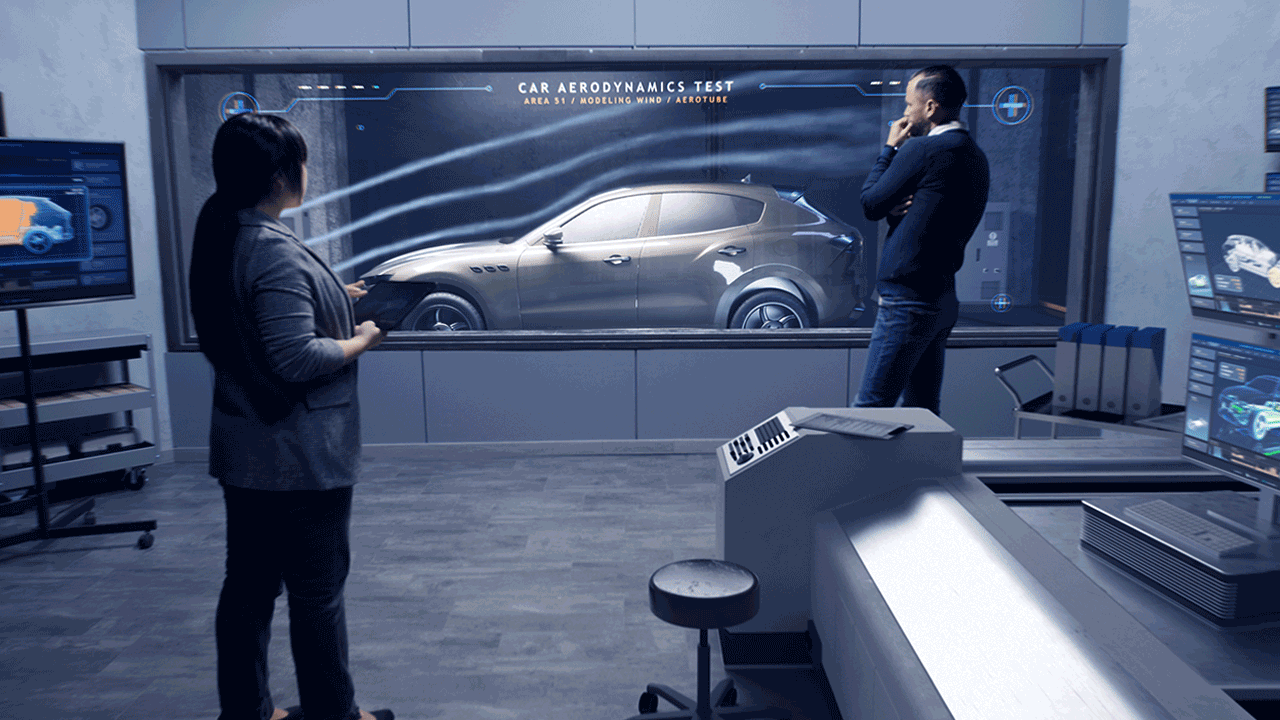Testing Requirements of Autonomous Features with National Instruments Powertrain Control Modules
NI Drivven Powertrain Modules, Exclusively sold by LHPTS, an LHP division.
Unlock Engineering Insights: Explore Our Technical Articles Now!
Discover a Wealth of Knowledge – Browse Our eBooks, Whitepapers, and More!
Stay Informed and Inspired – View Our Webinars and Videos Today!
Exploring the future of software-defined vehicles through expert insights.

LHP Engineering Solutions is the functional safety leader committed to creating safer transportation through Advanced driver-assistance systems(ADAS), electrification, and ISO 26262. At LHP, we have had a vision of a safer autonomous automotive future for some time now. It is exciting that as a member of this industry, we are seeing this vision move closer to fruition. In this article, we highlight a few of the many initiatives where LHP is driving innovation in support of a world of functionally safe autonomous mobility.
The overall disruption in the technology industry is dramatic and impressive, as is the significant movement towards improving safety on the highway, thus saving more lives. The amount of investment that is going into this movement is staggering. Powertrains are evolving from combustion-only to electrification, hybrid, fuel cells, etc., several very exciting technologies that hold great promise.
The opportunities for LHP are breathtaking. The logistics clearly dictate that the automotive industry will have to adopt full Functional Safety Standards, ISO 26262, Safety of the Intended Functionality (SOTIF), etc., as they start to transition autonomous vehicles onto the open interstate. LHP is uniquely positioned to support those needs.
The journey forward typically proceeds in measured steps. For example, we have a data center that we can turn into a test-in-the-cloud solution for test server systems. As a result, we are experiencing customers moving from having us build one test system, to loaning them an engineer for a period of time on an hourly basis. Then, they typically progress to having us deliver broad test services, where the customer can rent space on test systems and remotely test.
We provide our customers with the step-by-step expertise to help build a test case system. After it is in place, the process becomes more of a test-as-a-service, where every time the customer creates a build or a release, our servers kick in, and they produce the test results for full regression testing. Maximizing customer efficiencies while greatly expanding their capabilities at a lower cost: that is the ultimate goal.
Technical challenges are solved through rigorous engineering and the application of sophisticated test equipment, guided by robust vetted processes. There are several solutions that our teams are working on that are specifically related to streamlining the process for companies to achieve certification in functional safety. LHP’s approach goes beyond the test equipment alone, expanding to encompass the processes that dictate the proper utilization of that equipment, and the trustworthy application of the data it delivers.
The certification process for achieving functional safety is one marked by careful attention to detail. For example, every component within a given system must be properly analyzed. Information that must be captured includes the kind of model, and the specifications of that data or that piece of hardware. Then, a failure modes and effects analysis must be performed on that specific product within the system. This process requires building up a huge library of detailed information on every single component in the organization’s system. The sheer size of these libraries can be staggering.
LHP is building a system that allows organizations to capture and coordinate that information. To relieve customers from having to rebuild that library from scratch for every single component, we are building up a common base library. When a new customer comes in, the expectation is that at least 80% of the components will be items that we already have covered in that base library. The new customer immediately adds their uniqueness into the existing system, and they can be up and running much quicker. That is one example of the many efficiencies that LHP offers.
When test scenarios are created and testing systems are designed, there is always a question of customization versus standardization. How much of a solution must be customized for a customer, and how does that happen? How do you connect customized system elements to standard testing equipment? How much of a test case requires customized elements, and to what degree can vetted boilerplate elements be utilized?
LHP has a strong technology partner, NI™, previously known as National Instruments™. This partnership draws upon deep expertise in our technology. We have been building test systems with NI™’s technology for large original equipment manufacturers (OEMs), for at least 15 years. We have that capability and experience to draw upon, in addition to our own.
Also, we have invested a lot of effort over the last five or six years to create test systems out of more common components. Of course, the IO changes with every module, with every application. So, there is always going to be 20% that must be customized to the hardware being tested. But now, typically 80% of our test systems are standardized, resulting in increased efficiencies and reduced cost to the customer.
One of the solutions we offer, test racks with automatic switching, enables our customers to bridge between the standard and custom components. It consists of a custom shelf with specific IO configurations for it and an ECM. However, there might be five different shelves all connected to the same 80% base system. This allows the customer to switch back and forth and maximize the use of that common 80% without having to purchase redundant hardware. The customer gets as much utilization on that test system as possible, and it is online all the time, available to the customer’s teams all over the world.
Knowledge drives innovation, and innovation drives breakthroughs. Part of what LHP brings to the table is not only the ability to deliver customized solutions, but also the knowledge of what the customer needs to get there. We have deep knowledge and breadth in transportation applications and all the different powertrain configurations, and we have decades of experience with the development of those control strategies, the software development, and the functional safety standards.
At LHP, our knowledge and experience pay dividends for our customers. We offer a service of helping to position a company to successfully get fully tested and ready for production and ultimately, achieve certification for safety.

If you want to have true crash avoidance, you must also have robust vehicle-to-vehicle connectivity; there is no hazard avoidance without effective and trustworthy communication. And to have vehicle-to-vehicle or vehicle-to-cloud connectivity that is truly trustworthy, then effective cybersecurity must be in place. If there is a possibility of somebody hacking in and steering a car off the road, that is a huge issue that must be addressed.
Cybersecurity is a big and dynamic realm that is ever-changing. It is imperative that autonomous systems perform in a truly functionally-safe manner. We will have to figure out the control architectures and make sure that they meet functional safety standards. They must be protected from any kind of outside interference; system security must be assured. That is a critical piece.
There must also be coordinated and effective vehicle control. Today, many cars are already connected via satellite-connected Wi-Fi and GPS navigation systems. However, those architectures are separate from the actual control of the vehicle. In a cloud-based vehicle control solution, the automotive industry must make it easier to coordinate traffic overall so that there are less disruptions and tie ups. Routes must make sense for the weather and road conditions, and the time of day.
Traffic lights can be part of a safety solution at intersections. Once the cars are connected, they are aware of each other. If there's information instantly loaded to the vehicles, it can help avoid some difficulties at an intersection by coordinating vehicle movement at a system-wide level. It is even possible, if the system-to-system coordination becomes effective enough, that a vehicle would not even have to have a stop sign or stoplight; The system would make sure that the cars miss each other. It might be a little scary at first to experience missing another car by a few feet, but it is possible to do so safely because with Internet of Things (IoT), everything is connected.
The world of autonomous mobility is a multi-faceted realm, where innovation is driving new solutions in several exciting areas. Some are tangible, hardware-based solutions. Other facets focus on the processes that define and guide development and testing. LHP is involved with all of it. It is a realm of dynamic possibilities, and a very exciting space to be working in. Over time, we will see more and more of these innovations come into our lives and bring improvements.

NI Drivven Powertrain Modules, Exclusively sold by LHPTS, an LHP division.

By partnering with PerceptIn’s modular approach to autonomous sensor development, LHP’s knowledge of embedded controls and system integration proves...

Transformational Changes in Automotive Testing